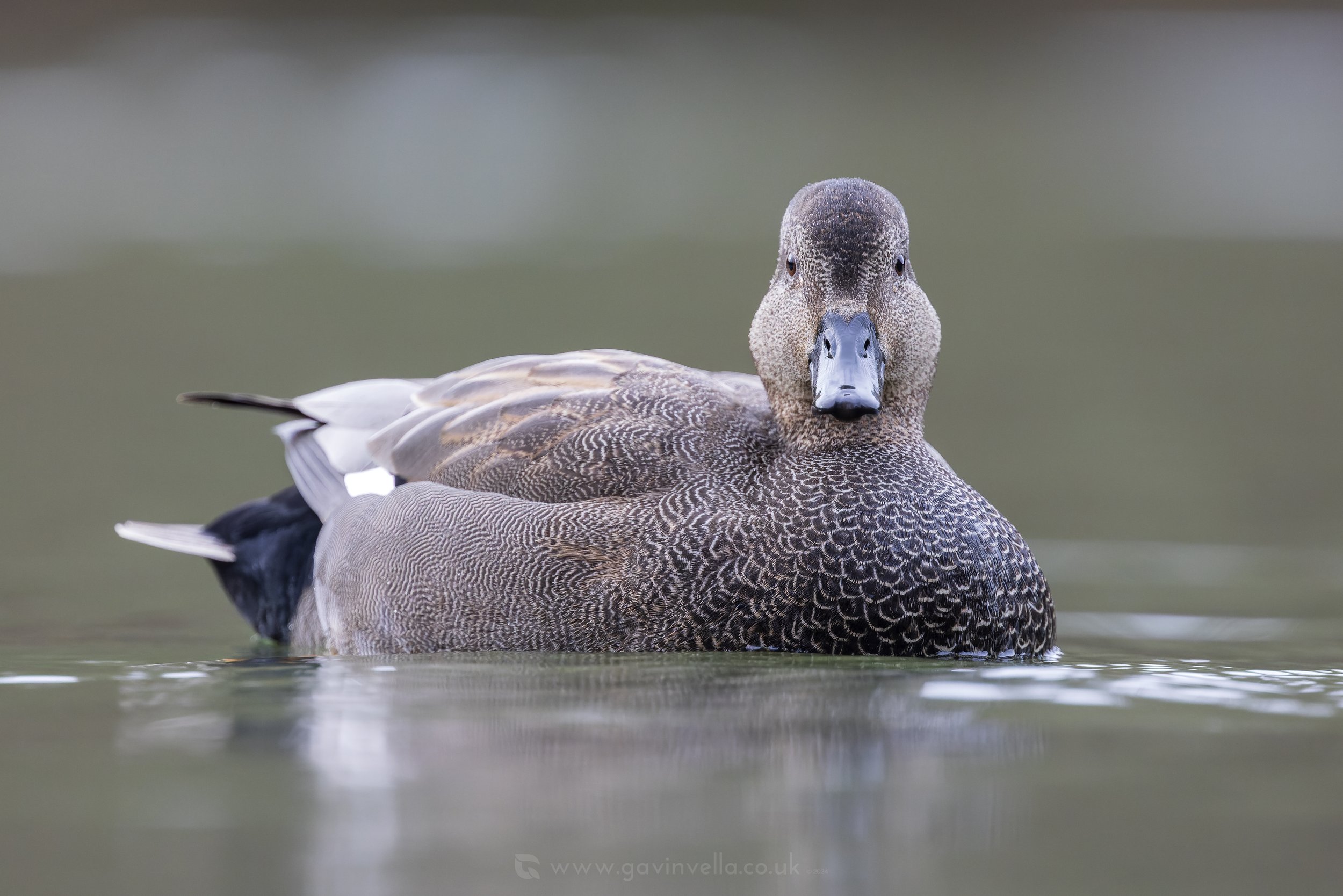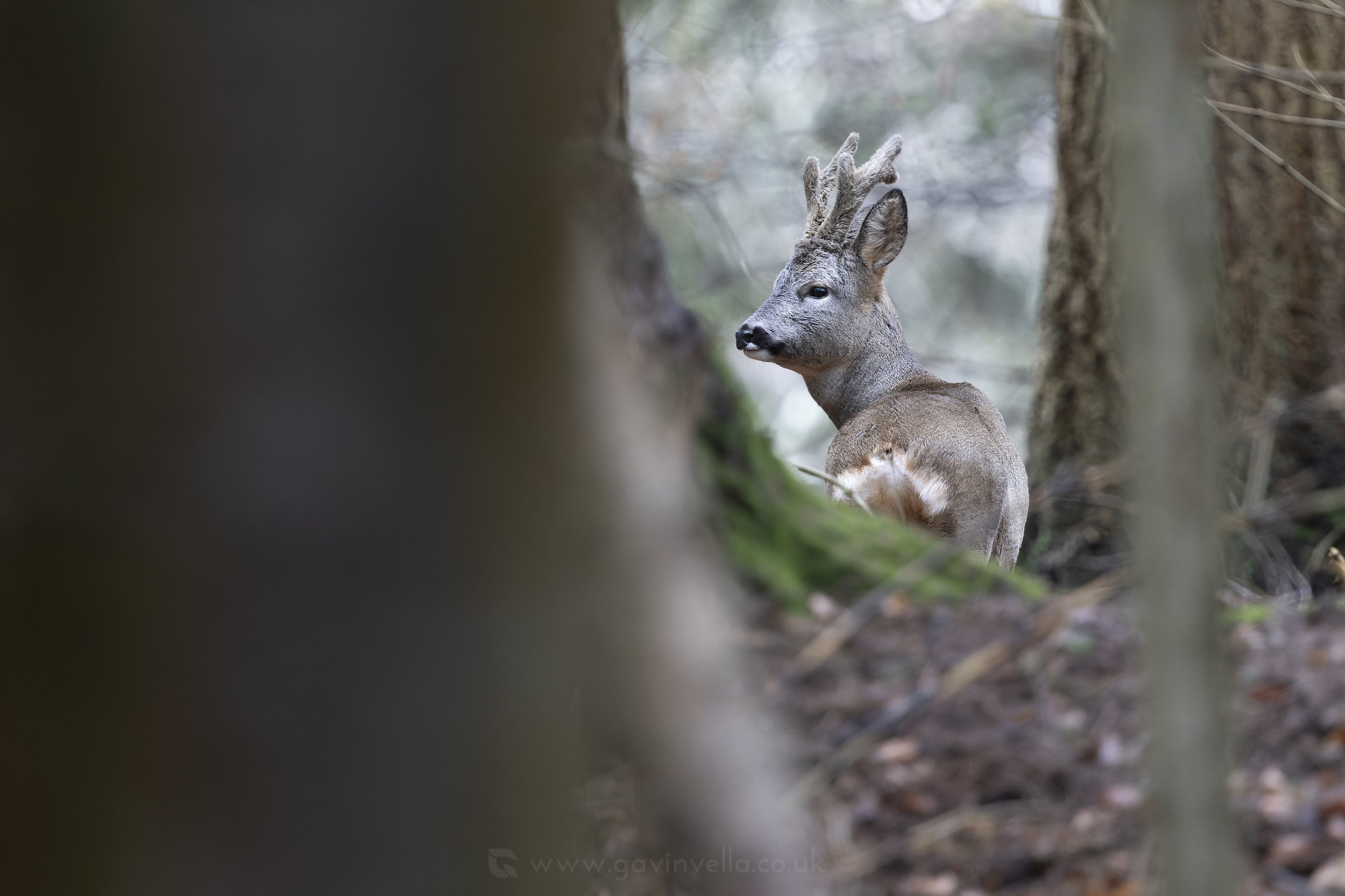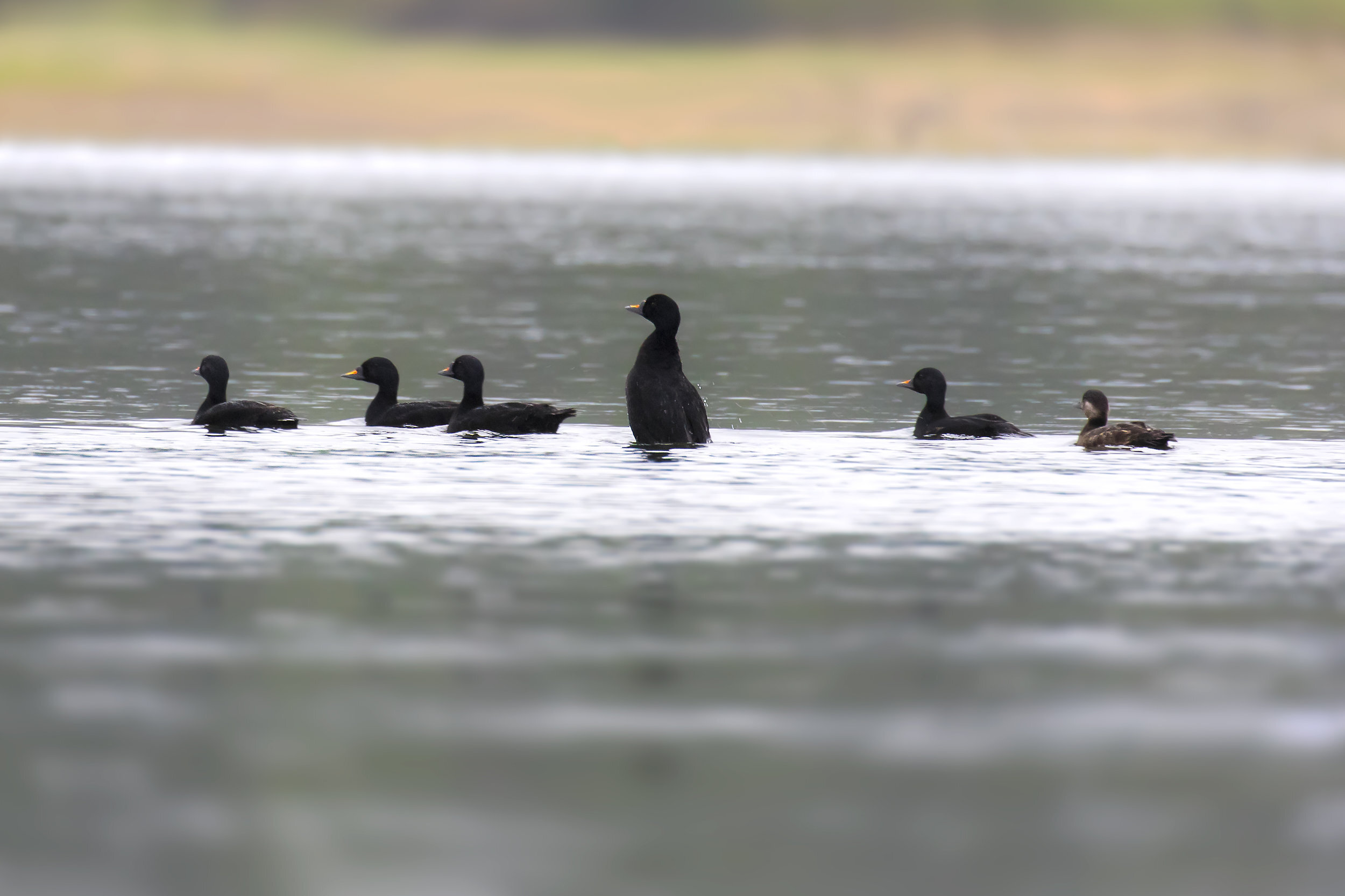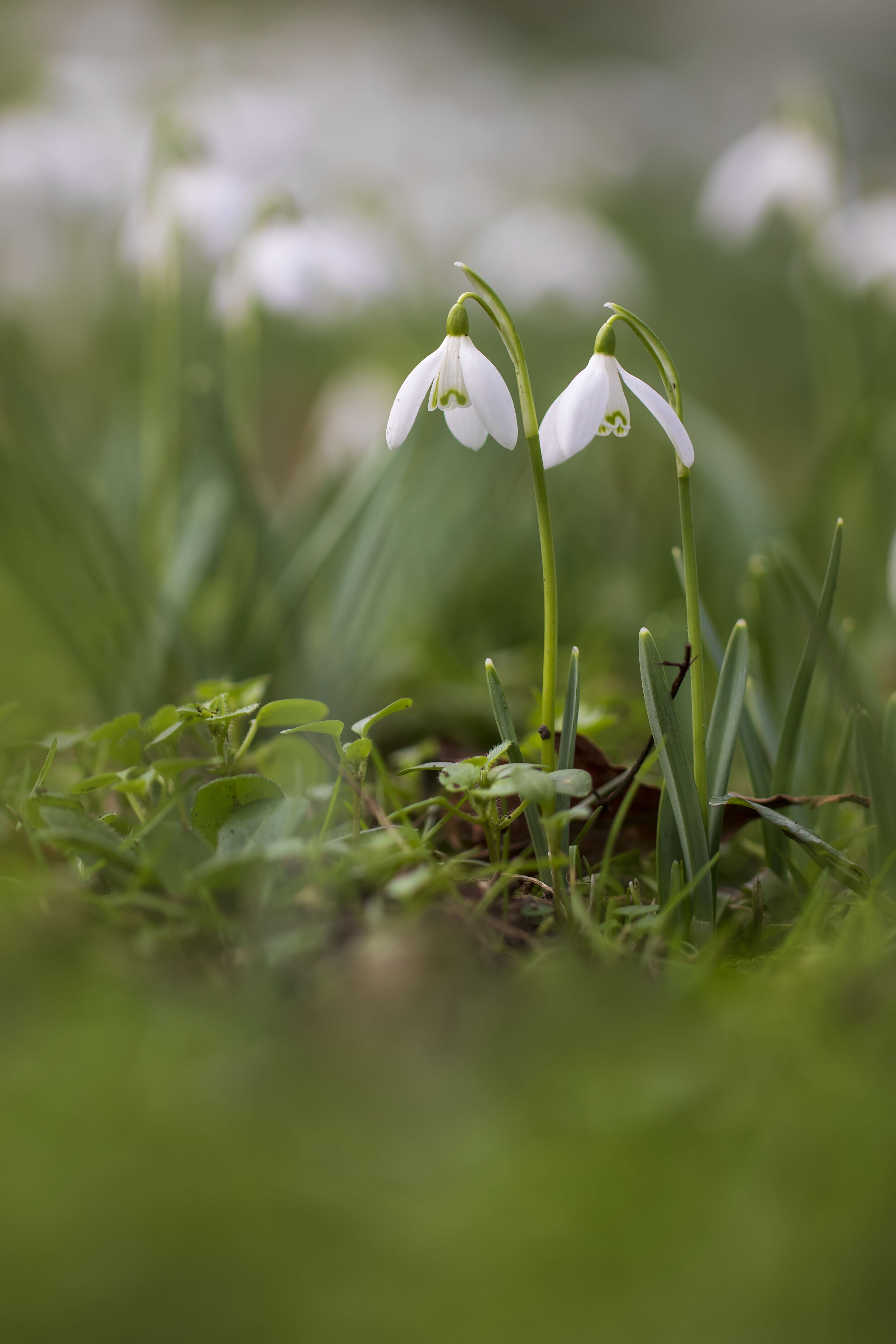Just when I thought spring was arriving, we get hit with yet more rain and another cold weather front. It’s been such an odd spring so far, no doubt April has a lot of making up todo as March had to have been one of the coldest we’ve had for a long time. Reminds me of our last ‘beast from the east’ though, thankfully not near as much snow. Either way, birds are still very much gearing up for spring, some sitting on eggs already despite the cold and many migrants turning up. Below is selection of my spring so far, everything from spawning frogs, to late winter migrants, still holding onto that bitter end of winter.
I’ve been lucky to have a few trips this season (before the busy Bat season begins), one trip to Slimbridge which is always a pleasure, another to the Forest of Dean which is another experience I enjoy during the spring. Lastly more recent local trips to see some of our last Waxwing of the winter season and a wintering Black Redstart in Cardiff, which was epic.
Above you’ll also see some weirdly colourful creatures which is a story unto itself, as I discovered these Fairy Shrimp a few years ago now on the Gwent Levels, and as if that wasn’t awesome enough, I discovered more last night under the cover of darkness, which also revealed their incredible colours!! Something you do not get to see by daylight very well at all, but the direct light from my head torch revealed what looks like a bioluminescent-like colouration, with everything from electric blue to pink in the tips of their tails. What fantastic creatures. Fascinating lifestyle too.
Whilst on a nocturnal survey last night I couldn’t resist to record a snippet of the Displaying Lapwing and Wildfowl. One thing that many landowners forget, is that it's not what they see by day that really counts, as at night the levels come alive! Not just your typical Owl activity but many waders and wildfowl function throughout the night, whether it’s feeding, displaying, mating, you name it, they do it all under the cover of darkness. With birds also migrating at night, there’s a whole world of data that we are not truly picking up on. Right now, there isn’t a major requirement todo extensive nocturnal surveys for birds, but I would argue, especially for wildfowl, that nocturnal data should make up more than 50% of the survey effort. Nocturnal displays during the spring paint a far bigger picture for waders than any daytime survey possibly could, which is where static audio data could pave a way forward for ornithological studies. Not to mention, we’re not taking any nocturnal migratory species into account.
Take note of this displaying Lapwing. If you’ve heard one before, you’ll notice that this guy has what I can only describe as a ‘sneeze’ in the middle of its display. It’s quite adorable.
Will end with two landscapes shots of two lovely locations in Gwent, Cefn Ila Nature Reserve and The Blorenge.






















































